Why Smart Facebook Ads Can Make a Big Difference
Running Facebook ads is more than just clicking “boost post.” For many small businesses, e-commerce stores, and service providers, Facebook remains a valuable way to attract and convert potential customers. But to get real results, ads must be more than just pretty—they need to speak to the right people at the right time.
Conversions come in many forms. For some, it’s a product purchase. For others, it’s a sign-up or a lead form submission. Regardless of the goal, a successful strategy requires clear messaging, proper targeting, and consistent testing. The goal isn’t to just spend money—it’s to earn back more than what went out.
With thousands of ads appearing in user feeds daily, standing out takes intention. The approach shared in this article helps businesses cut through the noise and connect with users who are ready to act.
Crafting Ads That Match Audience Intent
Effective Facebook ads begin with understanding the person behind the screen. A great product still needs the right message, and that message should reflect what the viewer wants or needs at the moment they see it. Timing and tone matter just as much as visuals.
Let’s say you sell eco-friendly skincare. Someone browsing Facebook casually might stop for an eye-catching video. But a user who already searched for natural products today? That’s someone with intent. Tailoring your message to reflect urgency, value, or a personal story can spark the click.
By using audience insights and behavior-based targeting, businesses can build ad content that aligns with user motivation. This turns passive interest into action, improving conversion performance naturally.
Using Custom Audiences for Smarter Retargeting
One of Facebook’s most powerful features is the ability to build audiences based on behavior. Custom Audiences let brands speak directly to people who already interacted with them—whether by visiting the website, watching a video, or adding items to a cart.
For example, a clothing brand can show different ads to users who browsed a product but didn’t check out. That ad might highlight a special offer or limited stock. It feels timely because it’s based on the user’s previous action.
Retargeting works well because it reminds people of what they liked, often giving them a nudge to return and finish what they started. It’s like picking up the conversation where it left off—personal, relevant, and more likely to result in a conversion.
Creating Lookalike Audiences That Mirror Your Best Customers
Once a business identifies who buys or engages the most, Facebook allows it to find more users who behave in a similar way. Lookalike Audiences take a custom list—like past buyers—and use Facebook’s data to locate others with shared patterns.
This technique works well for scaling up campaigns without losing quality. If a small business runs ads to a warm list that converts at a solid rate, expanding that reach to similar users means the budget goes further without starting from scratch.
Lookalike ads often perform better than cold targeting because they’re based on actual results. It’s one of the smartest ways to grow efficiently, especially when paired with clear ad messaging and strong offers.
A/B Testing Every Step of the Campaign
Testing isn’t just for advanced marketers—it’s a necessary step for any business that wants better performance. Facebook makes it easy to run different versions of an ad to see what works best. The smallest change in a headline or call-to-action can double the click-through rate.
For example, a bakery may test two ad headlines: one focused on flavor, the other on convenience. Over time, the data reveals which one users click more often. This process helps remove guesswork and turns creative decisions into data-driven choices.
The goal of testing is not perfection. It’s about learning what connects with your audience and using that knowledge to spend smarter, not just more.
Keeping Visuals Clear, Bold, and On-Brand
Visuals are the first thing people notice in their feed. If the image or video doesn’t grab attention in the first second, the ad may never get a second chance. But flashy graphics alone don’t convert—clarity is key.
High-contrast images, clean product shots, and videos that tell a short story tend to hold attention better. Brands that maintain a consistent visual identity help users recognize them across different campaigns, building trust over time.
There’s also value in testing different creative formats. Short-form videos, carousel ads, and lifestyle images each perform differently based on the audience and product. The best visuals are the ones that fit both the brand and the message.
Writing Copy That Speaks to Real People
Ad copy should feel like a real conversation, not a pitch. Users scrolling through Facebook want to feel like the ad understands them. That’s why casual, benefit-driven copy often works better than overly polished language.
A company selling fitness gear might write: “Tired of your shoes giving out mid-run? These were made for pavement pounders.” This style hits a pain point and offers a solution—direct, human, and relatable.
Good copy also includes a simple call-to-action that matches the offer. Whether it’s “Shop now,” “Get your free trial,” or “Learn how it works,” the language should guide the user smoothly toward the next step.
Aligning Landing Pages with Ad Promises
Even the best Facebook ad can fail if the landing page doesn’t match its message. When users click, they expect to see exactly what the ad mentioned—whether it’s a product, discount, or headline.
If a user sees an ad offering 25% off and lands on a generic homepage, trust drops. That’s why it’s better to send users to tailored pages that continue the conversation started by the ad. Everything from layout to wording should reinforce the offer.
Consistency between ad and landing page reduces drop-off and boosts conversion rates. Think of it as one smooth experience rather than separate steps.
Optimizing for Mobile First
Most Facebook users scroll on their phones, not desktops. Ads that aren’t mobile-friendly miss out on clicks simply because they’re hard to read or interact with on a small screen.
This means using vertical or square video formats, large text, and buttons that are easy to tap. Loading speed also matters—slow pages often lead users to exit before anything loads. Many businesses improve results just by trimming heavy visuals and optimizing page performance.
Designing for mobile from the start makes the entire experience smoother. It respects the user’s time and increases the chance they’ll take action.
Timing Campaigns Around Key Moments
Running ads during the right season, week, or even time of day can impact how well they convert. A skincare brand might focus on sun protection during summer, while a tutoring service sees better results just before exam season.
Facebook’s scheduling tools allow campaigns to run during peak engagement hours. For some businesses, it’s mornings and evenings. For others, weekends work best. Testing time slots over a few weeks helps identify patterns.
Tapping into real-world timing creates relevance. Users are more likely to respond when the message fits their current mindset or needs.
Staying Consistent With Brand Storytelling
Over time, ads should help build a narrative. Whether it’s showing how a product is made, sharing customer stories, or offering helpful tips, ads that build brand familiarity often lead to better long-term results.
One small brand selling handmade tea started with product ads. Later, they ran content featuring their founder’s story and the community behind each blend. This mix created a deeper connection with customers, turning them into repeat buyers.
Consistency across visuals, tone, and story allows users to recognize the brand and feel part of something more than a single purchase.
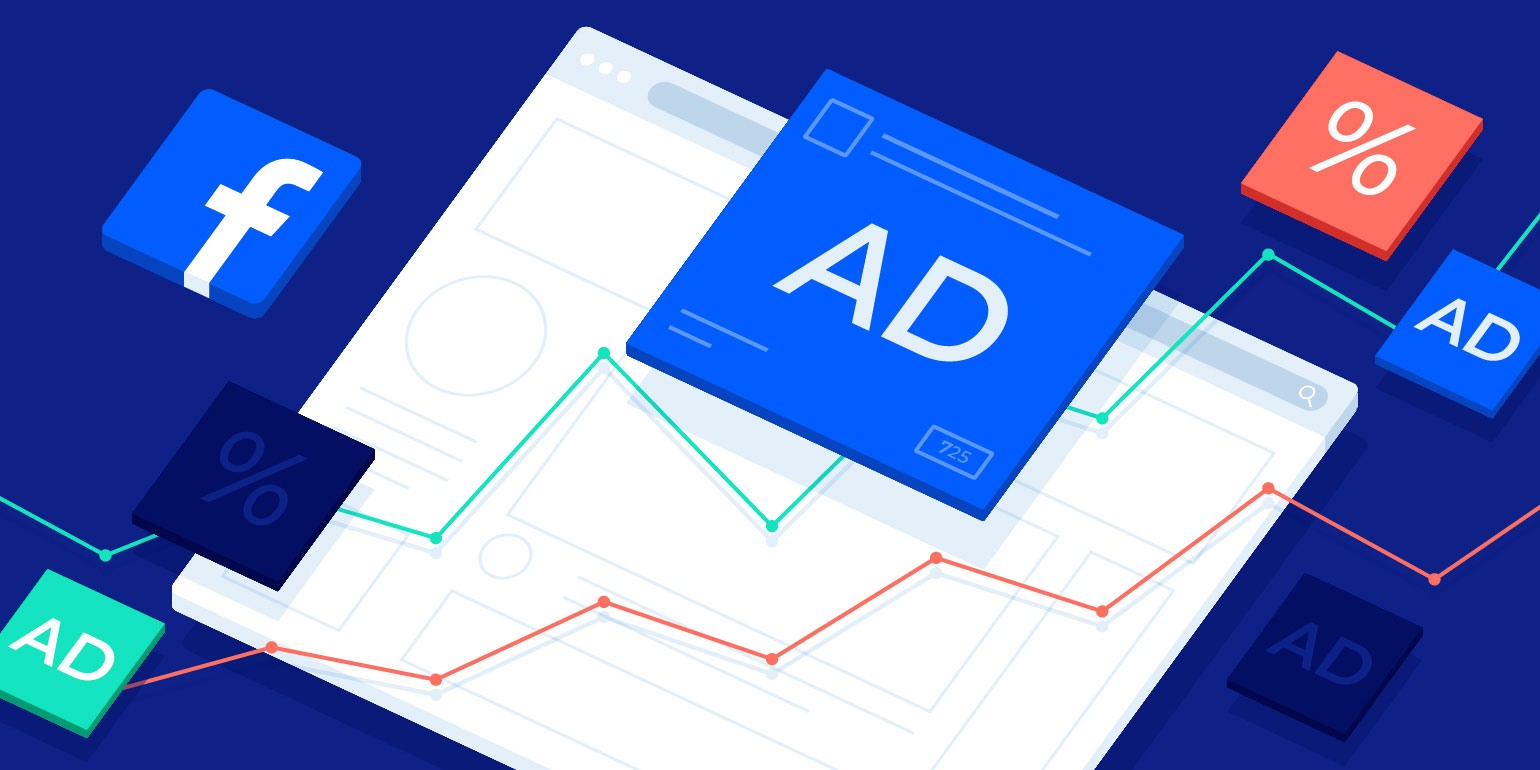
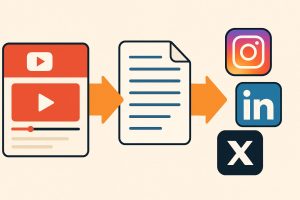






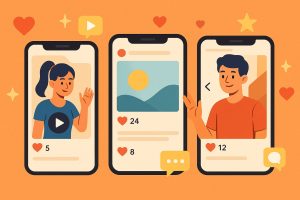
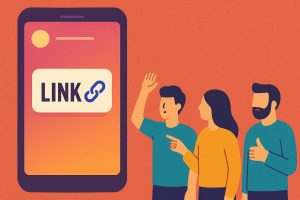
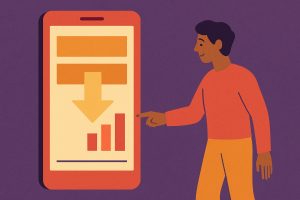
No responses yet